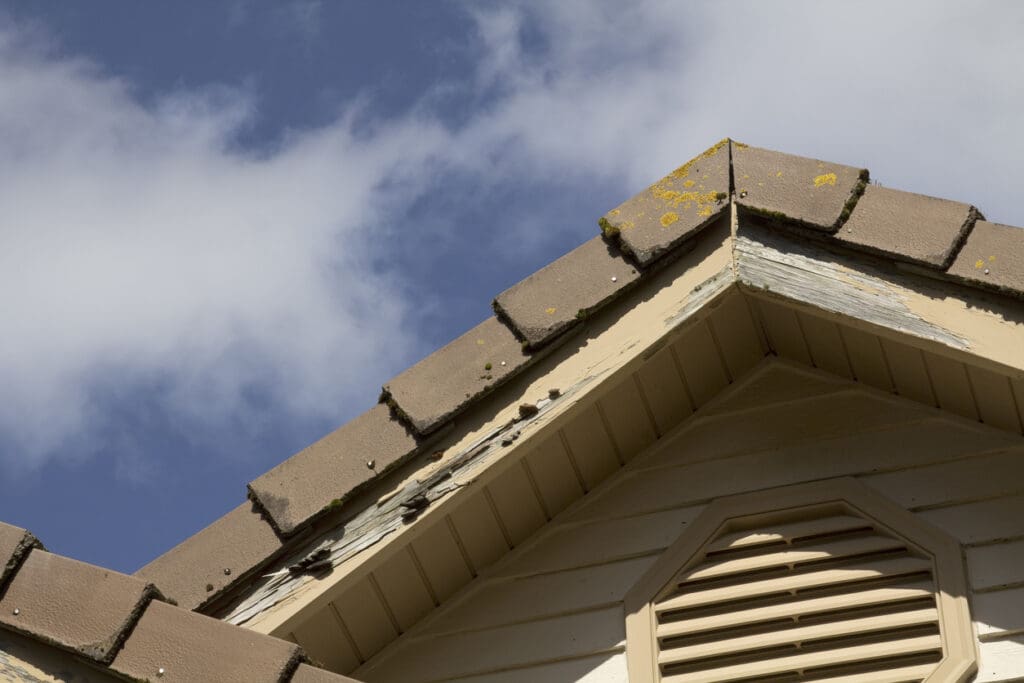How Termites Choose Their Next Meal: A Deep Dive Into Structural Feasting

Termites may be small, but their ability to select and devour structures makes them one of nature’s most efficient demolition crews. Whether it’s a fallen tree or the wooden framework of a house, termites don’t just chew at random—they have a method to their madness.
The Science of Termite Selection
Termites are always on the hunt for cellulose, the organic compound found in wood and plant fibers. But they don’t simply swarm every wooden object they come across; they consider several factors before making a feast of a structure:
- Moisture Levels – Termites thrive in damp conditions. Wood with higher moisture content is more appealing because it’s easier to chew and digest. That’s why leaks, condensation, and poor drainage can turn a home into a termite magnet.
- Wood Type – Some termites prefer softer woods, while others target harder structures. Drywood termites, for example, go after furniture and hardwood floors, whereas subterranean termites burrow into softer, decaying wood.
- Accessibility – Termites are sneaky, but they aren’t great at breaking into well-sealed structures. Cracks in foundations, gaps around pipes, and exposed wood make it easier for them to enter and begin feeding.
- Age & Condition – Older structures often contain untreated or deteriorating wood, making them more vulnerable. Fresh, pressure-treated lumber is more resistant, but termites can still find a way in over time.
- Chemical Signals – Termites release pheromones that help them communicate and recruit others to a promising food source. If one scout finds a suitable wooden structure, it doesn’t take long for the colony to follow.
Preventing Termite Infestations

Understanding how termites choose their targets helps homeowners protect their property. Keeping wood dry, sealing entry points, and using termite-resistant treatments are all effective ways to reduce the risk of infestation.
These tiny architects of destruction may seem like nature’s wrecking crew, but their choices follow a pattern. By paying attention to what attracts them, we can outsmart them and safeguard our homes from becoming their next meal. Here are the top five ways to avoid attracting termites.
- Seal Entry Points – Small cracks in foundations, walls, and around pipes provide termites with easy access, so sealing gaps is essential. Our handyman service can help you seal up your home.
- Use Termite-Resistant Wood – Pressure-treated or naturally resistant woods like cedar and redwood make it harder for termites to invade. If you already have damaged wood trim, fascia, fencing or decking we can help you replace it.
- Maintain a Clear Perimeter – Avoid storing firewood, mulch, or dead tree limbs near the house, as they can serve as termite breeding grounds. We can help with clearing, moving and hauling away dead wood.
- Schedule Regular Inspections – Professional termite inspections catch problems early and prevent colonies from settling in unnoticed. You’ll need help from a pest control company for this.
Taking these precautions can make a huge difference in keeping termites at bay. You will need the help of a pest control company like Orkin, Terminix or Pacific Coast Termite but Edwards Enterprises would be glad to help with the maintenance and repairs needed to help keep your home off the menu.